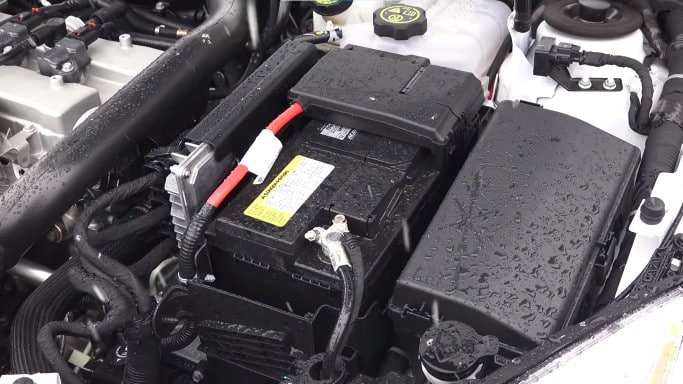The only way to properly test and get a positive determination on whether the ignition coil is going bad is to use a multi-meter. The Columbia, SC Auto Repair Pro explains how to test your ignition coil and why you need to use a multi-meter to do it.
Why Use a Multi-Meter?
To understand why you need a multi-meter for the real answer to your coil questions, you first need to learn a little about your ignition coil. Inside the ignition coil you find two coils that are on top of each other called windings. They are called the primary and secondary windings and each has a specific function. The primary winding is responsible for building up the power to create a spark. Your secondary winding sends that spark to your distributor. If either of these individual windings is not functioning properly, it can cause your ignition coil to stop working correctly.
In some cases you have no spark at all and you already know your ignition coil is bad. In other cases, the ignition coil is going bad but not completely dead. If this is the situation, you may be getting a weak spark that is inadequate and causes the vehicle to run very rough. To take the guesswork out of an ignition coil diagnosis, you will need to remove the coil and use a multi-meter that provides you with actual data to determine your coil’s condition.
How to Test the Ignition Coil with a Multi-Meter
First, you need to consult your vehicle service manual. In the service manual you will find the resistance specifications for the specific ignition coil your vehicle. You will need to have this information. If you have misplaced that manual, a quick internet search for the manual of your make, model and year will usually find them pretty quick.
How to Test the Ignition Coil Primary Winding
As explained, the primary winding receives the battery voltage. Using your multi-meter, you will test the primary winding in your ignition coil. With a traditional round coil, you will place the leads on the smaller outside poles. If you have one of the newer enclosed ignition coil units, the multi-meter’s leads will be placed on the indicated poles. Check the reading and determine if it is within the range specified in your owner’s manual. As long as it is within the range you are good, but if it is even minimally out of spec, you need to replace the coil. If you are within range, the primary winding is fine.
How to Test the Ignition Coil Secondary Winding
Your ignition coil’s secondary winding is supposed to transfer the spark to your distributor, which, in turn, sends it through to your spark plugs. When your secondary winding has gone bad you could have no spark at all or you may only be transferring a weak spark.
You will now want to attach one of the multi-meter’s leads to the outer 12-volt pole. The other should be at the center pole, which is where your main wire connects to the distributor. Check your resistance to see if it is within the manual’s specified range. Again, even a small irregularity indicates you need to have the ignition coil replaced. If the multi-meter shows that you are within the range though, your ignition coil is good.
To have us check out your ignition coil for you, stop in at our auto repair shop in Columbia, SC located at 7917 Wilson Blvd., just take Exit 71 off I-20. Our ASE Certified Master Mechanic can handle your every auto need, offering superior auto repairs and excellent customer service. Sanford’s Automotive Service has been proudly serving the drivers of the greater Columbia, SC region since 1989. Come to Sanford’s and get it fixed right the first time!

